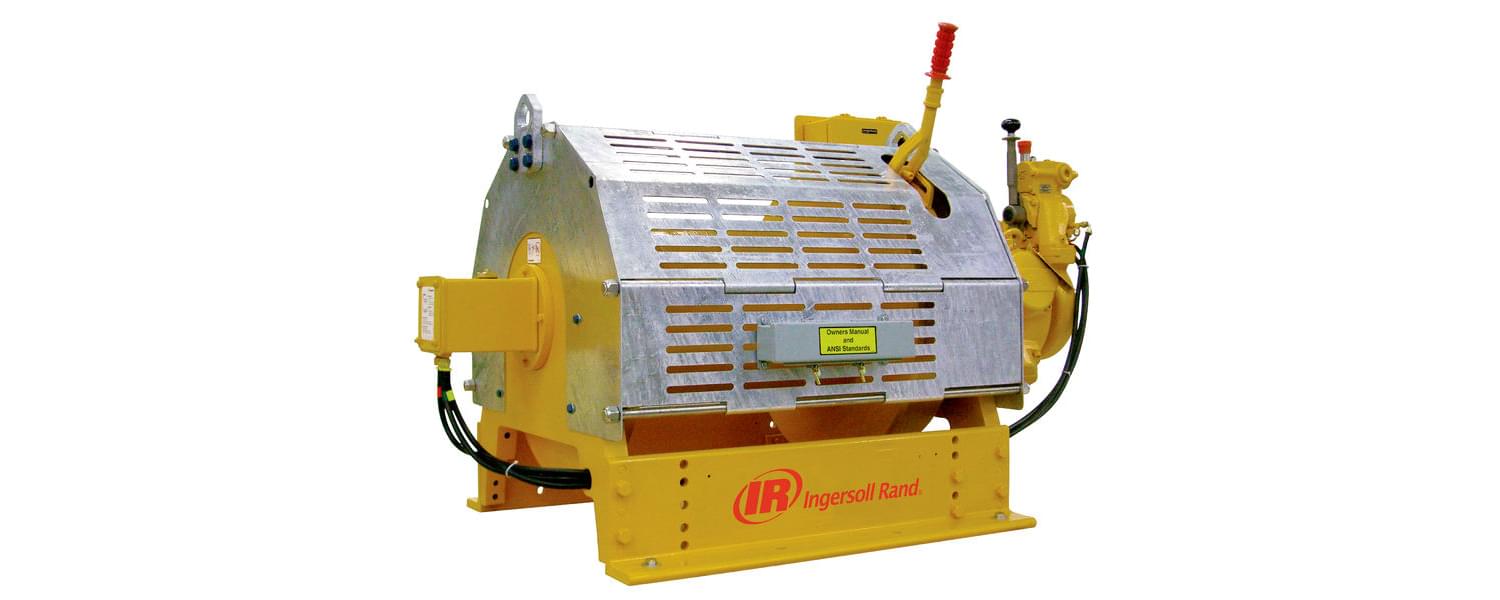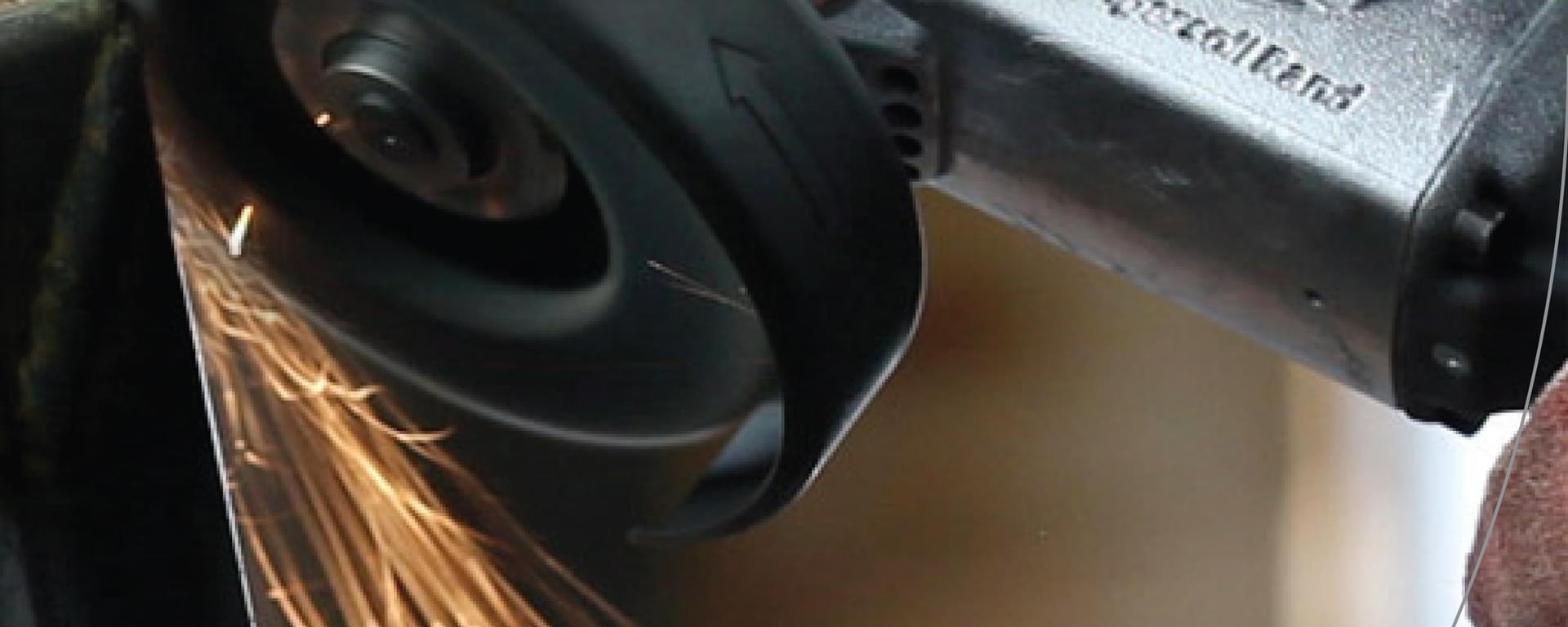
Ingersoll Rand sends CSAT soaring with self-service
Ingersoll Rand needed faster, more efficient, data-driven support to handle 6,500 tickets each month. Zendesk custom integrations and robust self-service enabled the team to achieve 95% adherence to its response time SLA, while providing a more streamlined user experience for agents and customers alike.

“Our strategy is to take the easier questions and turn them into a tier-zero help center, then the degreed engineers can get back to the more technical product support.”
James Ripley
Product Support Engineer, Zendesk Admin 在 Ingersoll Rand
“Zendesk has helped us strengthen our partnerships with our distributor channel.”
Kelly Dees
Vice President of Global Customer Experience 在 Ingersoll Rand
Founded
1871
Distributors
5000
Ticket volume that comes via email
90%
200
Agents
5,000
Distributors Served
+35%
Improvement in CSAT
95%
Adherence to 4-hr. FRT SLA
To the millions of Americans who love NASCAR, a cold Sunday in mid-February means being nestled inside a warm house, watching in awe as expert pit crews use their thunder guns at the Daytona 500 to remove five lug nuts in less than two seconds.
That thrilling speed stems in part from Ingersoll Rand’s thunder gun design, which creates 1,000 foot-pounds of torque, more than enough for skilled pit crew members to change four tires in as little as 12 seconds. What many NASCAR fans don’t realize is how many other products Ingersoll Rand makes, including tools used in oil and gas extraction, pumping solutions for breweries, wastewater treatment plants, and even their home’s HVAC system.
Founded in 1871, Ingersoll Rand started as a supplier of precision-drilling tools before expanding into a global conglomerate that produces everything from compressed air systems to utility vehicles. Known for rugged designs that keep tools in use for decades, the company’s products are primarily sold through more than 5,000 licensed distributors, dozens of which also serve as repair centers.
The combination of a global footprint with the wealth of new and legacy products presents complex customer service challenges for Ingersoll Rand and its network of distributors. Until 2014, the company’s support agents were using Lotus Notes and then Microsoft Outlook, neither of which were meeting Ingersoll Rand’s needs, recalled Kelly Dees, vice president of Global Customer Experience for Fluid Management, Material Handling, and Power Tools (FMT).

“Outlook lacks a feature that helps you monitor response times,” Dees said. A desire to provide more efficient, faster support led the company to choose Zendesk Support and Guide in 2014 to help FMT’s CX support teams.
“We found Zendesk when it was smaller—it was a great collaboration and we’ve continued to build on that. Every time I turned around, Zendesk was working with my team, teaching us and helping us grow.”
Email accounts for 90 percent of Ingersoll Rand’s support volume globally. Voice tickets are also generated in Zendesk Support through an integration with Ingersoll Rand’s phone system, NICE inContact, via the Zendesk API. James Ripley, a product support engineer and Zendesk administrator for the Power Tools division, has seen firsthand how the company has leveraged that API to improve its operations.
“We created an integration with UPS so that we can rapidly generate UPS labels for warranty evaluation, repair, and returns,” explained Ripley. “That integration is pretty slick.”

That integration marked the company’s first attempt at extending Zendesk to meet Ingersoll Rand’s specific needs. “It is a substantial leap forward,” Ripley said of the improved workflow, noting that it also created some enthusiasm with agents around future integrations and what Zendesk Support and Guide can do for the team, and ultimately for the customer.
Ingersoll Rand is now engaged in development using Zendesk APIs to build a larger integration that will unify several backend systems to simplify submitting warranty claims, ordering parts, and communicating with repair centers, Ripley said.
With more context and streamlined workflows, the support teams at Ingersoll Rand have already collectively raised their customer satisfaction rate by 35 points over a three-year period. The teams also meet their 4-hour SLA on email tickets 95 percent of the time.
Next, Ingersoll Rand turned its attention toward transforming its knowledge management and enabling customers to become more self-sufficient. “Our products last a long time, so we still service some products that are 50 years old,” Dees explained. “We didn’t have a central repository where everything was housed. You’d go to a filing cabinet and pull out this flimsy little microfiche, and have to put it in this big machine to read or print.”

Navigating outdated media storage was more than a resource drain on employees; it also meant unacceptable waiting times for customers. “When a distributor calls, they want the answer at the time they call,” Dees said. “Even better, they want to get that information for themselves. Ultimately, we want to send distributors to one place and have that be the funnel into the customer experience group.”
“...thanks to a customized help form embedded in the help center, customers are also served relevant help articles as they narrow their request. This also helps to deflect tickets and provide agents with more context about a customer’s issue.”
Help Center benefits, getting deflection at Ingersoll Rand
With Zendesk Guide, Ingersoll Rand now offers a branded help center for its customers to self-serve. Guide also houses a library of digital manuals that customers can search for and download. Dees noted that they’ve taken a slow and steady approach to publishing help content and, thanks to a customized help form embedded in the help center, customers are also served relevant help articles as they narrow their request. This also helps to deflect tickets and provide agents with more context about a customer’s issue.
“Our strategy is to take the easier questions and turn them into a tier-zero help center,” Ripley explained. “Then the degreed engineers can get back to the more technical product support.”
Beyond improving the company’s support center, Zendesk helps Ingersoll Rand understand customer and agent pain points. “Zendesk has given us greater visibility into our incoming requests and helped us to level load our accounts,” Dees said. “It’s also given us the opportunity to see what types of requests our distributors are asking repetitively, so that we can uncover training opportunities.”

For example, Ingersoll Rand learned that distributors frequently email about tracking information, which is data that is readily available. “That insight led us to revisit the order entry system. Distributors now have a screen in our order entry system where they can easily find the information themselves,” Dees said.
While Ingersoll Rand continues to grow with Zendesk, administrators like Ripley take advantage of training and networking opportunities, including attending the Relate Live by Zendesk conference in October 2017. “At Relate, I got to see what admins at other companies are doing, and then there’s the value of the workshops,” Ripley said. “It all comes down to strategy. What I learned won’t manifest overnight, but between the networking and the sessions, I can begin to see what our support might look like two years from now, and how we can get there.”